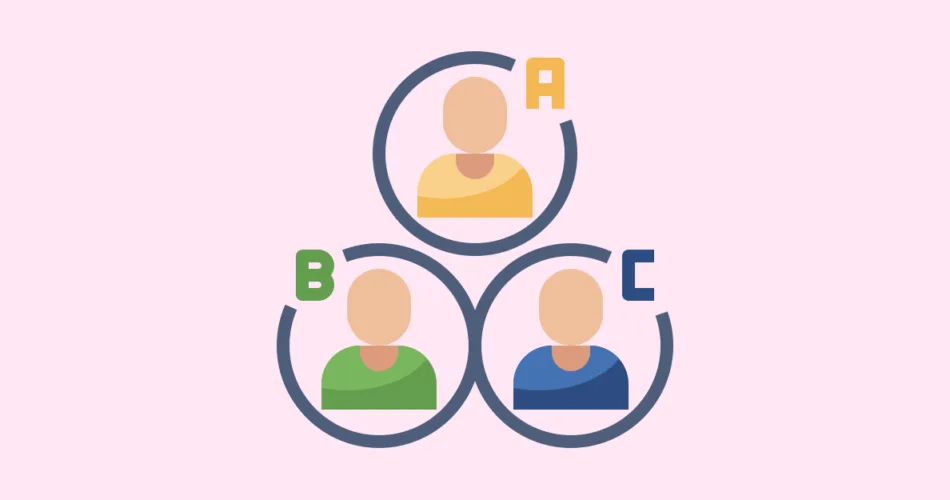What are Primitive Data Types in Java?
Primitive data types in Java are fundamental building blocks that represent the most basic values
that can be stored and manipulated in a program. Unlike objects or reference types, primitive data
types are not classes and do not have methods or properties. Java defines eight primitive data types,
each catering to specific types of data and memory allocation.
The Eight Primitive Data Types in Java:
- byte: Represents a signed 8-bit integer.
- short: Represents a signed 16-bit integer.
- int: Represents a signed 32-bit integer.
- long: Represents a signed 64-bit integer.
- float: Represents a 32-bit floating-point number.
- double: Represents a 64-bit floating-point number.
- char: Represents a single 16-bit Unicode character.
- boolean: Represents a true or false value.
Numeric Primitive Data Types:
Numeric primitive data types are further categorized into integral and floating-point types.
Integral Types:
- byte: Used for small integer values.
- short: Appropriate for larger integer values.
- int: Widely used for most integer calculations.
- long: Used for very large integer values or when extended range is required.
Floating-Point Types:
- float: Suited for decimal values and single-precision calculations.
- double: Ideal for more precise decimal calculations and double-precision accuracy.
Character and Boolean Primitive Data Types:
Character:
- char: Represents single characters using Unicode encoding.
Boolean:
- boolean: Represents logical values: true or false.
Examples of Primitive Data Types Usage:
Using int for Mathematical Operations:
int num1 = 10;
int num2 = 5;
int sum = num1 + num2;
System.out.println("Sum: " + sum);
Storing a Unicode Character using char:
char grade = 'A';
System.out.println("Grade: " + grade);
Working with Floating-Point Numbers:
float average = 85.5f;
double pi = 3.14159265359;
System.out.println("Average: " + average);
System.out.println("Pi: " + pi);
Utilizing boolean for Logical Checks:
boolean isJavaFun = true;
boolean isPythonFun = false;
System.out.println("Is Java fun? " + isJavaFun);
System.out.println("Is Python fun? " + isPythonFun);
Size and Range of Primitive Data Types:
Each primitive data type has a specified size in terms of bits and a range of values it can hold.
Understanding these characteristics is crucial for memory management and avoiding overflow or
underflow issues.
| Data Type | Size (in bits) | Range |
|---|---|---|
| byte | 8 bits | -128 to 127 |
| short | 16 bits | -32,768 to 32,767 |
| int | 32 bits | -2^31 (-2,147,483,648) to 2^31-1 (2,147,483,647) |
| long | 64 bits | -2^63 (-9,223,372,036,854,775,808) to 2^63-1 (9,223,372,036,854,775,807) |
| float | 32 bits | Approximately ±3.4 x 10^38, with 7 decimal digits of precision |
| double | 64 bits | Approximately ±1.7 x 10^308, with 15 decimal digits of precision |
| char | 16 bits | 0 to 65,535 (Unicode characters) |
| boolean | Not precisely defined | true or false |
Conversion and Casting:
Java provides automatic type conversion for widening data types and requires explicit casting for
narrowing conversions. For example:
int myInt = 100;
long myLong = myInt; // Implicit widening conversion
double myDouble = 5.75;
int myInt = (int) myDouble; // Explicit narrowing conversion
Conclusion: Building with Precision and Performance
As you venture further into the world of Java programming, a solid grasp of primitive data types is
paramount. These fundamental data types provide the scaffolding upon which your code is built,
enabling efficient manipulation of data and accurate calculations. By mastering the nuances of bytes,
integers, floating-point numbers, characters, and booleans, you’re equipped to create programs that
execute with precision and performance.
In this guide, we’ve demystified the realm of primitive data types in Java, shedding light on their
classifications, characteristics, and practical usage. Armed with this knowledge, you’re ready to
harness the power of data manipulation and embark on a journey of coding excellence. Remember, each
declaration of a primitive data type is a step toward constructing robust, efficient, and sophisticated
Java applications that contribute to the ever-evolving landscape of software development.
So, embrace the versatility of primitive data types, experiment with their capabilities, and let your
Java coding adventure flourish with precision, efficiency, and boundless creativity.
Subscribe to our email newsletter to get the latest posts delivered right to your email.


Comments